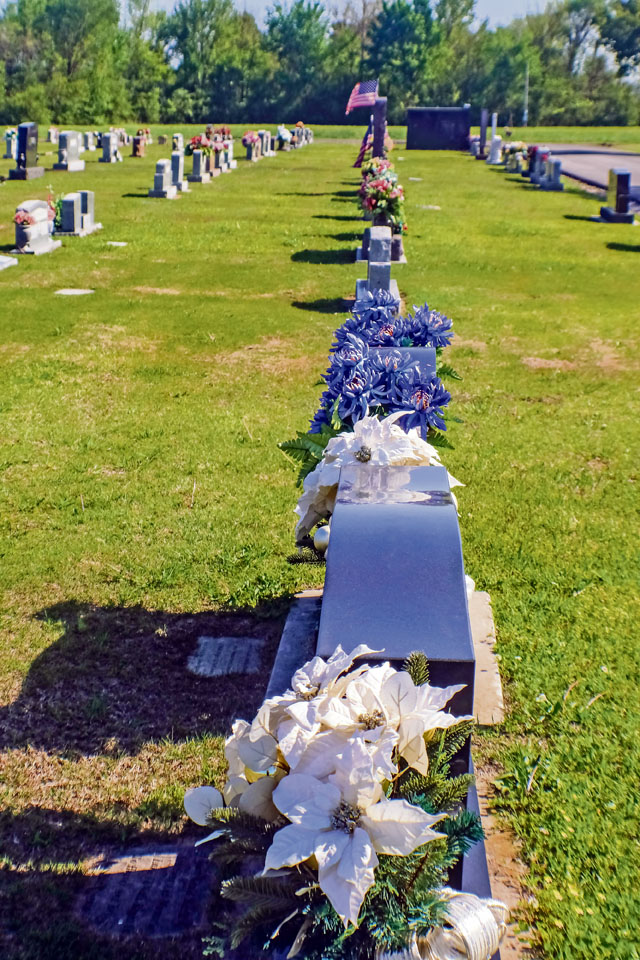
Editor’s Note: This article was published in a previous edition of the Kaiserslautern American and the information has been updated to reflect this year’s event.
Nov. 1 is known as “Allerheiligen,” or “All Saints Day.” German Catholics visit cemeteries to light candles and to decorate the gravesites of deceased family members and friends with flowers or wreaths made of fir tree branches, pine cones and dried flowers.
Nov. 1 is observed as a legal holiday in the German states with mainly Catholic population such as Rheinland-Pfalz, Saarland, Baden-Wuerrtemberg and Nordrhein-Westfalen. In the other states the religious holiday is a regular workday.
The origin of All Saints Day dates back to May 13, 610, when Pope Boniface IV dedicated a special day to all saints who never received their own memorial day. Old calendars show that almost every day is dedicated to a saint. In the Pantheon in Rome, Pope Boniface honored all saints who lived with Christian ideals in all countries of the world. In 1835, Pope Gregor IV moved All Saints Day to Nov. 1.
November is known as the month of remembrance, contemplation and mourning. Protestants remember the dead on “Totensonntag,” Nov. 25. It always falls on the last Sunday before the first Advent Sunday. In 1816, this memorial day was introduced for the first time in Prussia, from where it spread throughout the years to all Protestant regions.
The National Day of Mourning will be observed
Nov. 18. It is dedicated to the memory of the dead of World War I and II and the victims of Nazi terror. Wreath-laying ceremonies will take place in Ramstein-Miesenbach and Kaiserslautern.
Another religious, but not legal, holiday is the Day of Prayer and Repentance Nov. 21.







